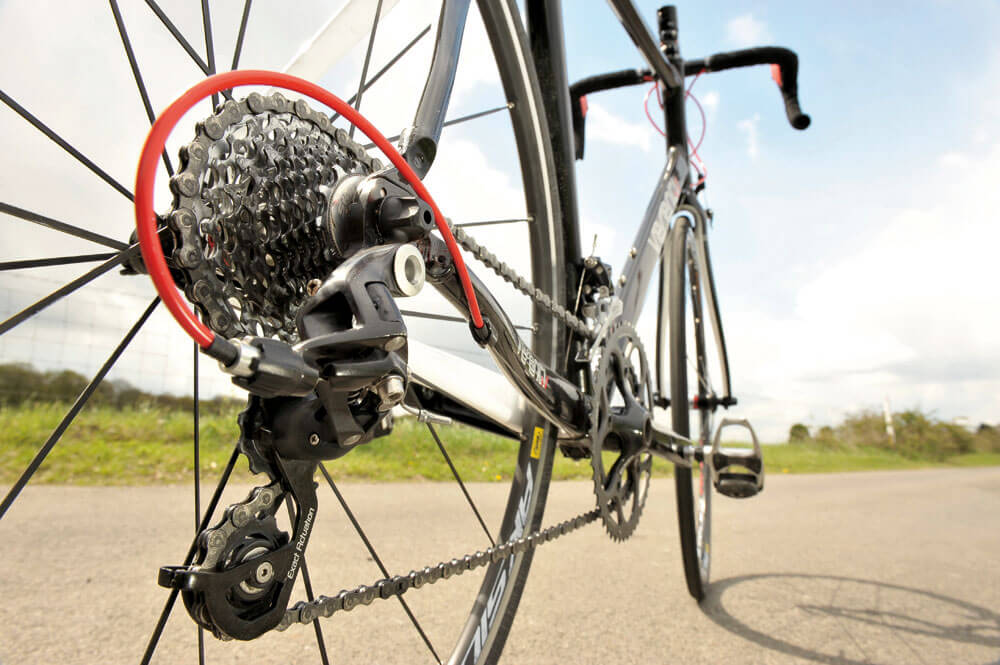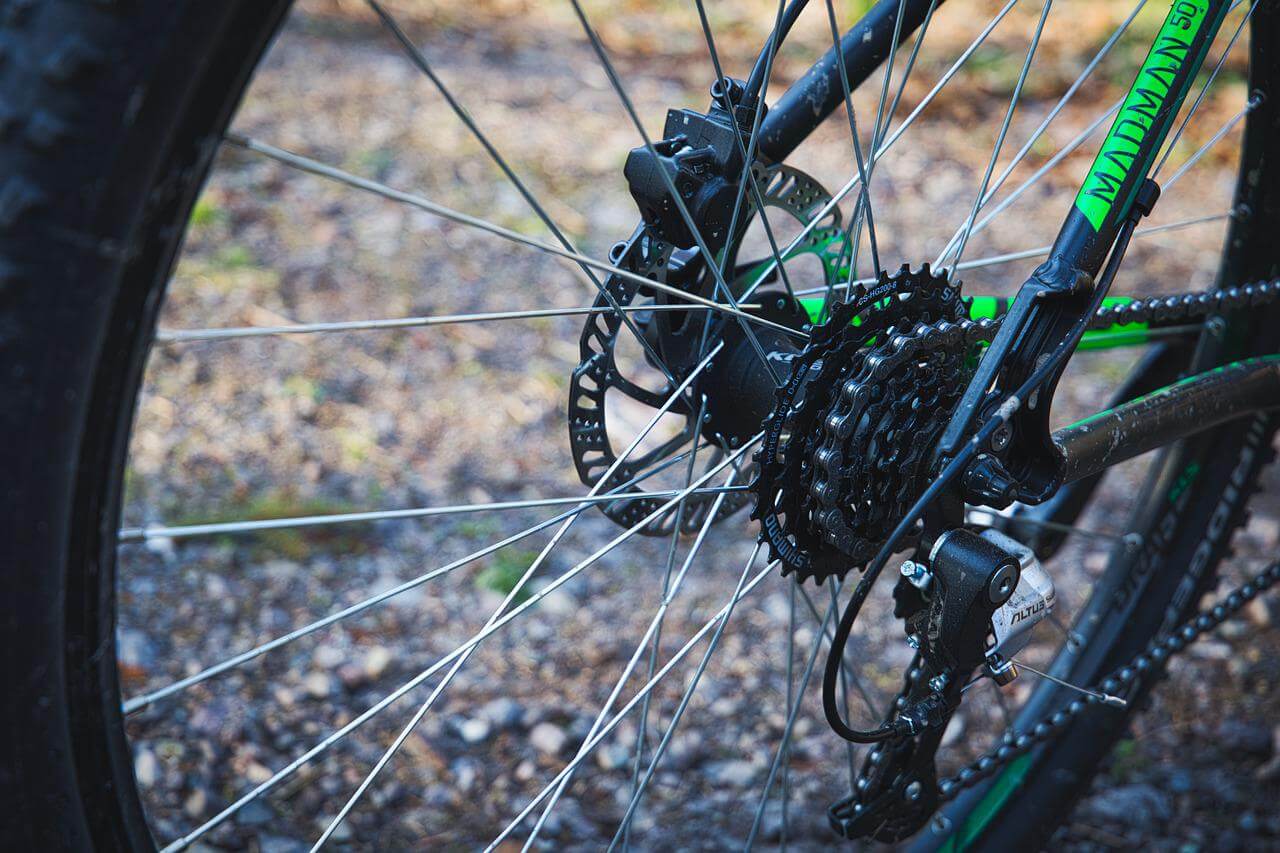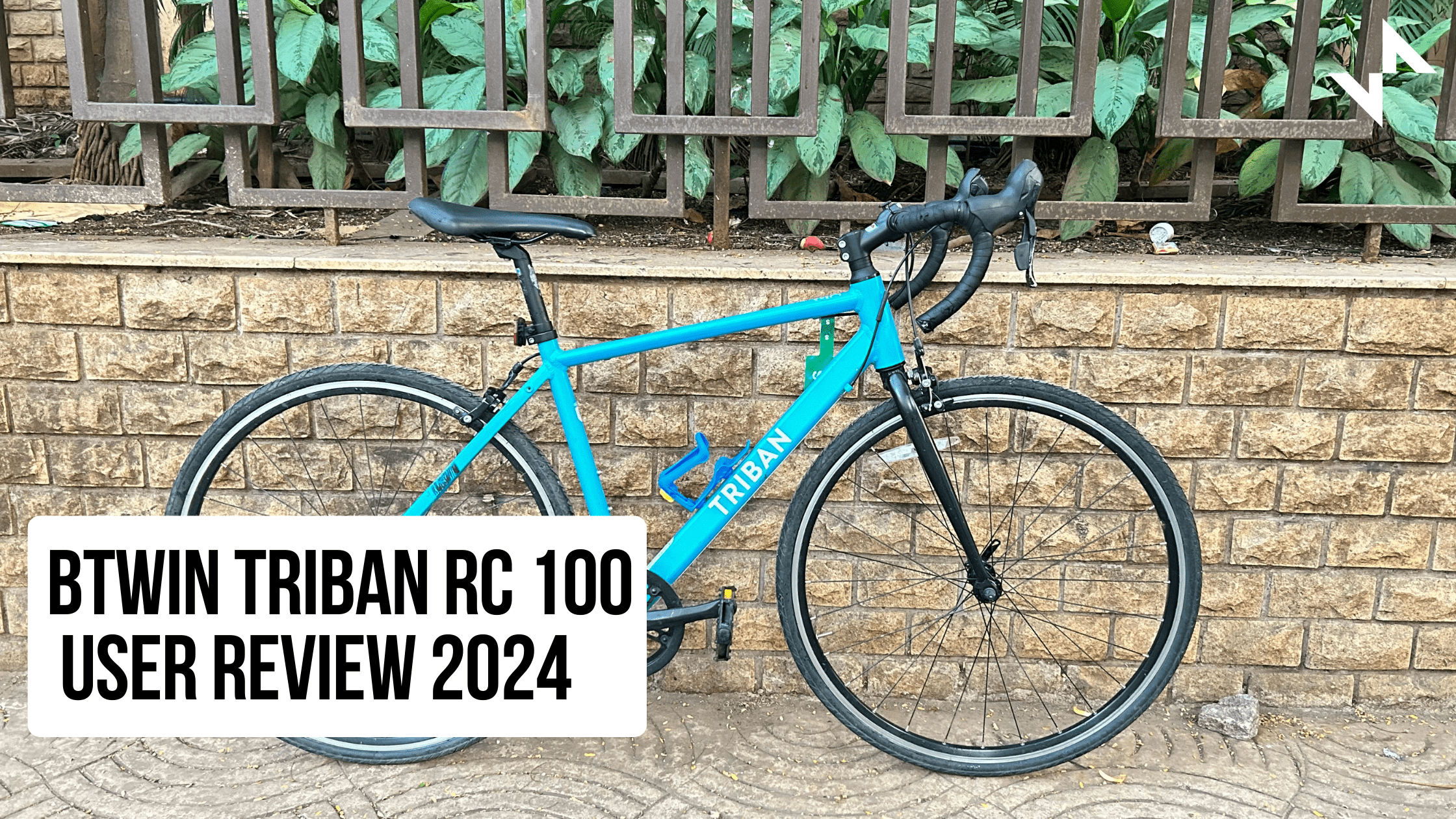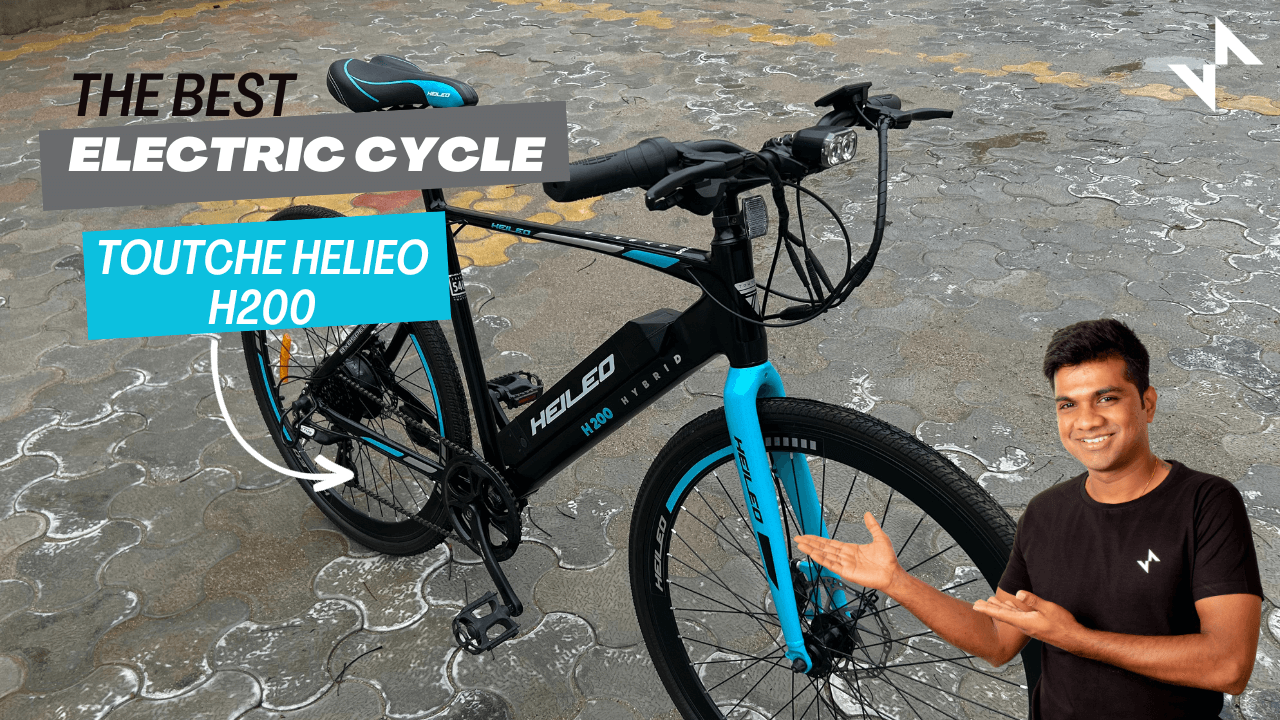Gears can be a life-changing experience if used correctly while riding a bicycle. Climbing can be enjoyable, descending can be thrilling and flats can be fun. But, if you fail to use the gears correctly, you will not only enjoy the ride but also harm your bicycle drivetrain in ways you might have never imagined.
Here are a few common gear mistakes cyclists make unknowingly and need to be avoided, always.
Cross chaining:-
Cross Chaining is a very common issue that makes the bicycle drive train stretch. Cross chaining is when you are in your big chainring and the biggest cog on your back cassette or on your small chainring and your smallest cog.
Keep riding on this combo and you will stretch your chain that will need a replacement soon.
Shifting late:
You’re riding up a hill and you face resistance on the climb. You keep pushing until you can’t anymore and decide to shift the gear. Damn, the RD moved its position. However, the chain is still on the same cog. There’s a weird sound coming now and you might have to chain one more just so the chain moves and pedalling gets easy to go up the hill.
If you have faced this issue, make it a point to shift the gears before you face resistance. With less resistance, gears can shift easily. Besides, you can always shift the gears from the highest to the lowest in a few pedal strokes. Remember, you have rapid-fire shifters on your bike?
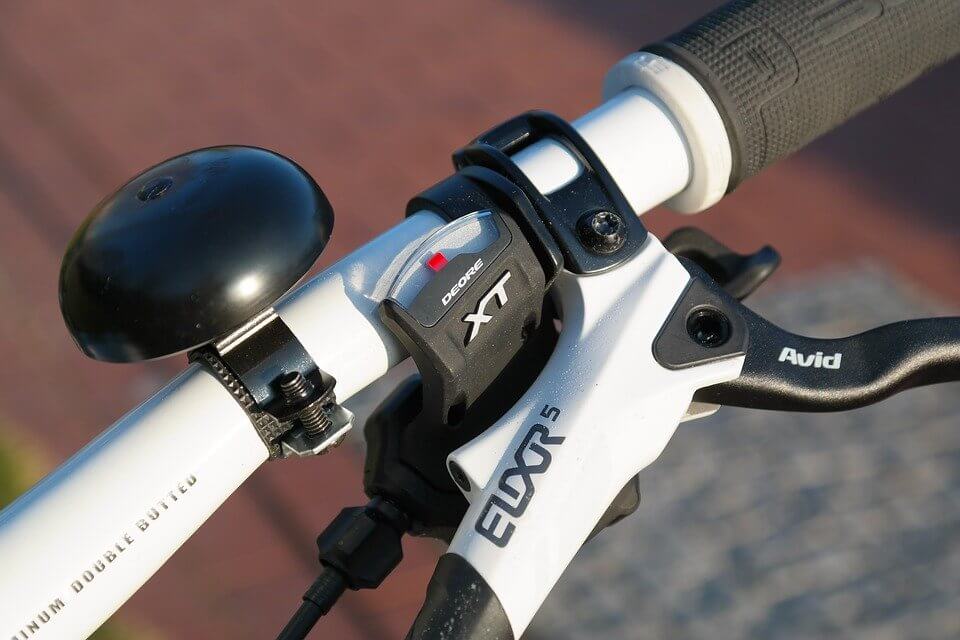
Compact gearing is the best:
Most of you might prefer the standard 53-39 ratio on the front chainring. However, a compact comes with 50 by 34 chainring, with an 11 by 23-tooth cassette. This gearing gives a climbing advantage over a standard 53/39 setup.
Besides, it all comes down to how much do you prefer suffering on a climb? And there’s where a compact groupset has a much greater advantage.
Riding on large gears means more power:
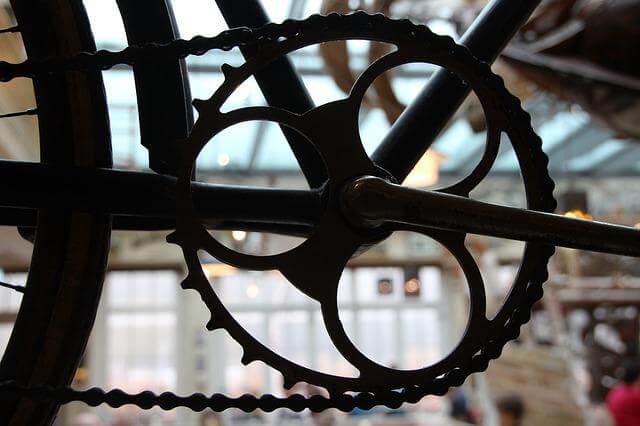
Have you come across a cyclist who has been smashing the road on the biggest gear ratio possible? The idea of covering more distance with fewer pedals might seem convincing at first.
However, it is only later you realise that it requires more effort. By the time you realise, you are done!
The best way to find the right gear is to stick to the technique called cadence (80-90 RPM/ minute) on flat roads (60rpm on hills).
More gears are better:
Having a lot of gear options is considered to be good. However, times are changing. How many of you have utilised all the gears on your bicycle? Besides, with the 1X drivetrain and a larger cassette at the back, the issue of having more range is solved. Also, you do not have to deal with the front gear miss shift.
Do you think you will still run out of gears?
Now that you are aware of the most bicycle gear mistakes to avoid, ensure to follow them on every tide until it becomes a habit. We guarantee your bicycle will love you back and also help you save more in the long run.


